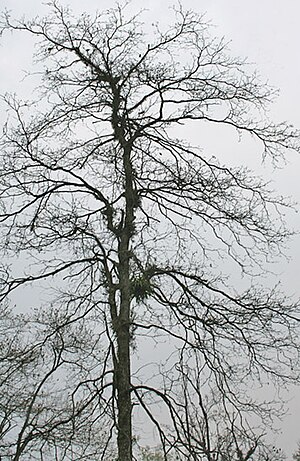Difference between revisions of "Terminalia chebula"
Jump to navigation
Jump to search
m (1 revision: Terminalia chebula) |
m (references) |
||
| (One intermediate revision by the same user not shown) | |||
| Line 26: | Line 26: | ||
|accessdate=7 August 2015}}</ref> | |accessdate=7 August 2015}}</ref> | ||
}} | }} | ||
| − | |||
| − | |||
| − | |||
| − | |||
| − | |||
| − | |||
| − | |||
| − | |||
| − | |||
| − | |||
| − | |||
| − | |||
| − | |||
| − | |||
| − | |||
| − | |||
| − | |||
| − | |||
| − | |||
| − | |||
| − | |||
| − | |||
| − | |||
| − | |||
| − | |||
| − | |||
| − | |||
| − | |||
| − | |||
| − | |||
| − | |||
| − | |||
| − | |||
| − | |||
| − | |||
| − | |||
| − | |||
| − | |||
| − | |||
| − | |||
| − | |||
| − | |||
| − | |||
| − | |||
| − | |||
| − | |||
| − | |||
| − | |||
| − | |||
==References== | ==References== | ||
| − | + | <references/> | |
| − | |||
| − | |||
| − | |||
| − | |||
| − | |||
| − | {{ | + | {{Ack-Wikipedia}} |
| − | |||
| − | [[Category: | + | [[Category:Combretaceae]] |
| − | + | [[Category:Plants for Keenan to eat]] | |
| − | |||
| − | |||
| − | [[Category:Plants | ||
| − | |||
Latest revision as of 22:09, 3 August 2018
| Terminalia chebula | |
|---|---|

| |
| A leafless T. chebula tree | |
| Scientific classification | |
| Kingdom: | Plantae |
| Clade: | Angiosperms |
| Clade: | Eudicots |
| Clade: | Rosids |
| Order: | Myrtales |
| Family: | Combretaceae |
| Genus: | Terminalia |
| Species: | T. chebula
|
| Binomial name | |
| Terminalia chebula | |
| Synonyms[1] | |
Walp.
| |
References
- ↑ "The Plant List: A Working List of All Plant Species". Retrieved 7 August 2015.
Acknowledgements
This article uses material from the Wikipedia article Terminalia chebula, which is released under the Creative Commons Attribution-Share-Alike License 3.0.